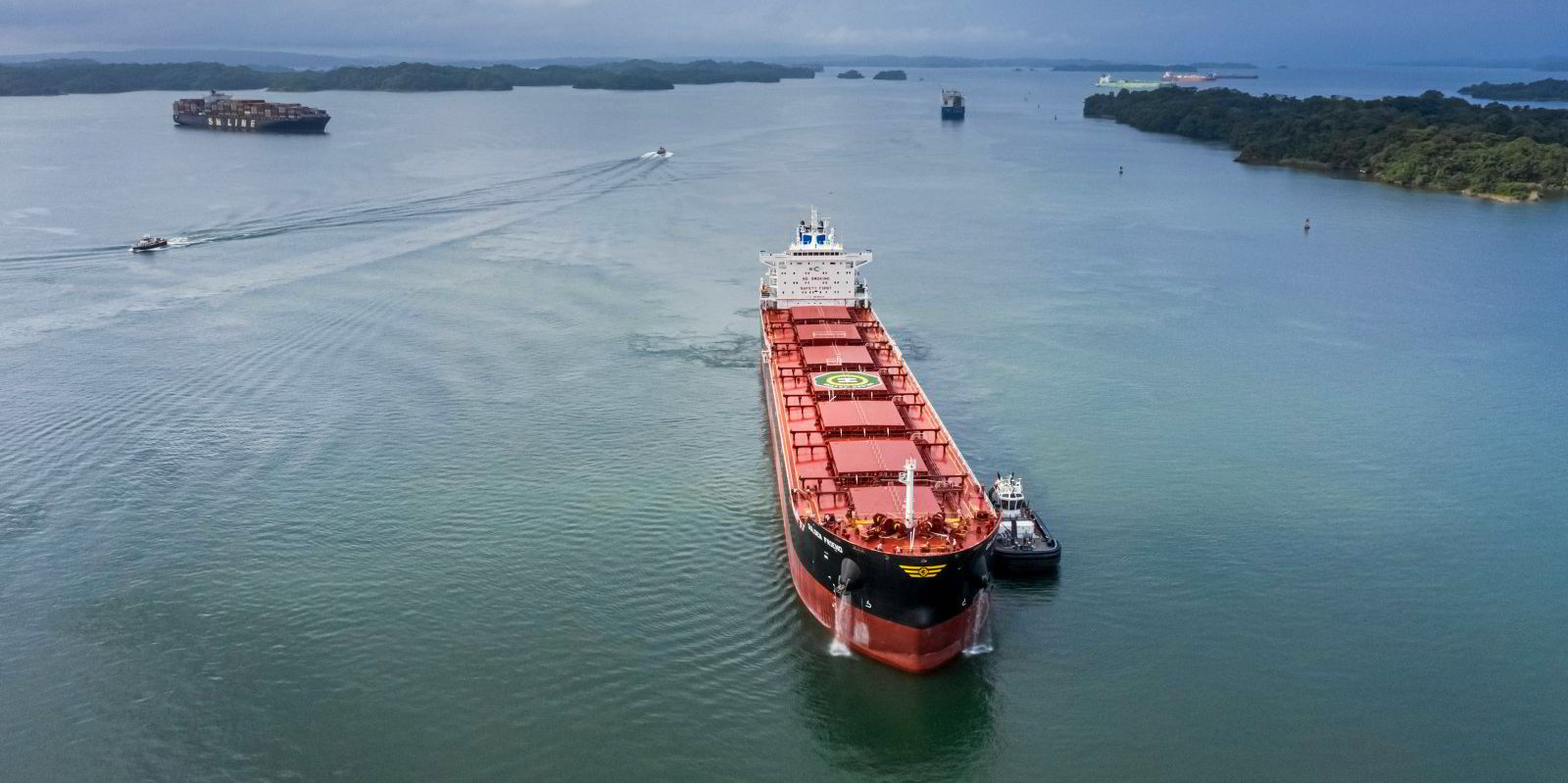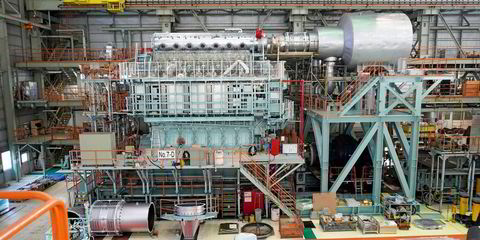A lofty rate for a seldom-traveled capesize bulker route may not accurately reflect the physical market but still means plenty for this dry bulk sector, pundits say.
The Baltic Exchange's time-charter equivalent (TCE) for trips to China and Japan from the European Continent/Mediterranean has been hovering around $80,000 per day since gaining about $27,000 per day in the past month.
The extremely high figure is most likely artificial since this fronthaul leg is so quiet, but it still speaks loudly to the very tight vessel supply in the Atlantic basin, they pointed out.
"I think it is significant," Nick Ristic, lead dry cargo analyst at Braemar ACM Shipbroking, told TradeWinds.
"Although the liquidity [for the route] is low, I think the cargo numbers have been healthy in the Atlantic, especially with the tightness in the coal market.
"So if Brazil volumes remain at their current pace, this basin should remain pretty tight."
He did mention that the Baltic Exchange rate for this "C9-14" trip is so much higher than the others because it reflects a fronthaul voyage only with no return ballasting leg.
"Accounting for the ballast leg that the ship actually would have to do, the TCE would come out a lot lower," he said.
"I assume brokers gauge fair value on the route."
Going both ways
By comparison, the TCE average for the heavily traveled Brazil-China roundtrip voyage came in at $41,618 per day on Friday, down steadily from $48,282 per day on 25 August.
The very high rate for the Europe-Asia route is also a strong indicator of how vessel congestion in ports has reduced tonnage already limited by a very low orderbook, Noble Capital Markets analyst Poe Fratt said.
"It is significant that certain routes can blow out when there is an imbalance," he told TradeWinds.
It certainly shows that many vessels are ballasting to Brazil, but benchmark rates for active routes give a better market picture than just one route, Jefferies analyst Randy Giveans said.
"And the benchmark rates have remained pretty stable too."
The C9-14 probably got boosted to $80,000 per day by the general rise in capesize spot rates to as high as almost $52,000 per day amid such tight supply and demand, said John Kartsonas, founder of asset-management advisory firm Breakwave Advisors.
"I don’t see it as C9 specific," he told TradeWinds.
"I could actually argue it was mostly Brazil rather than north Atlantic that caused the move."







